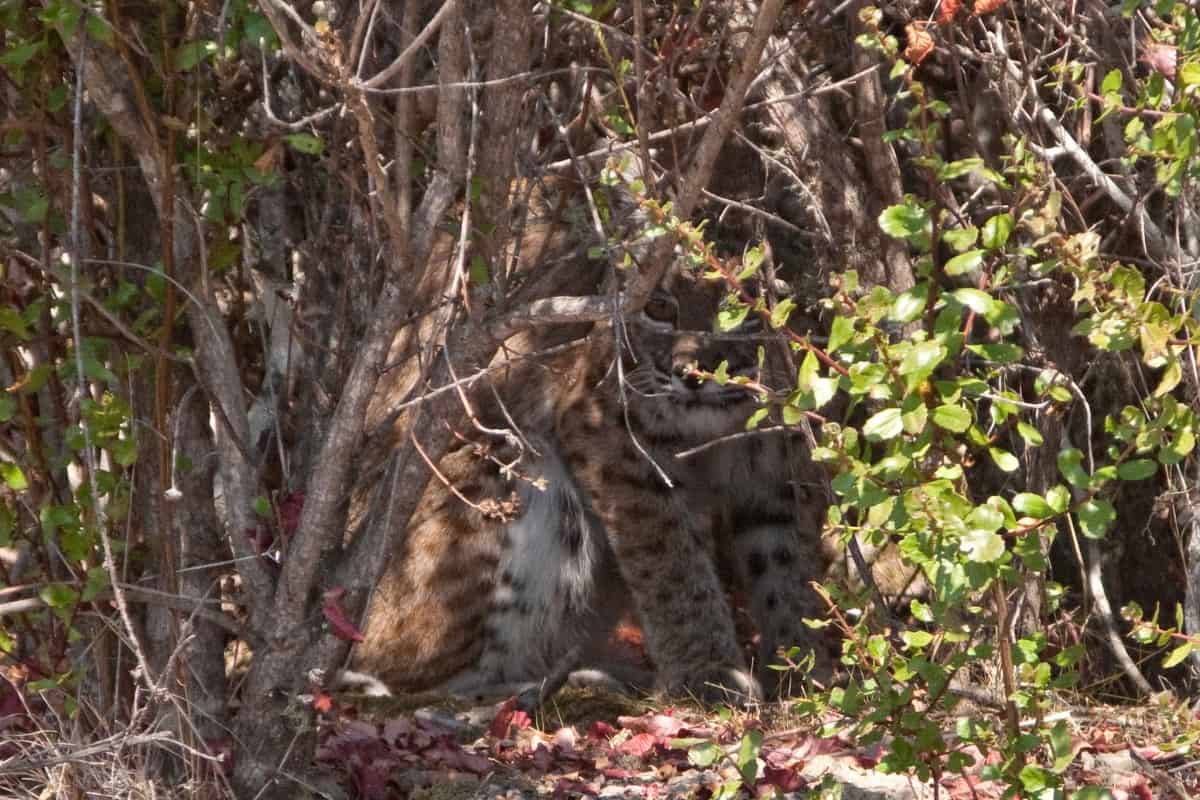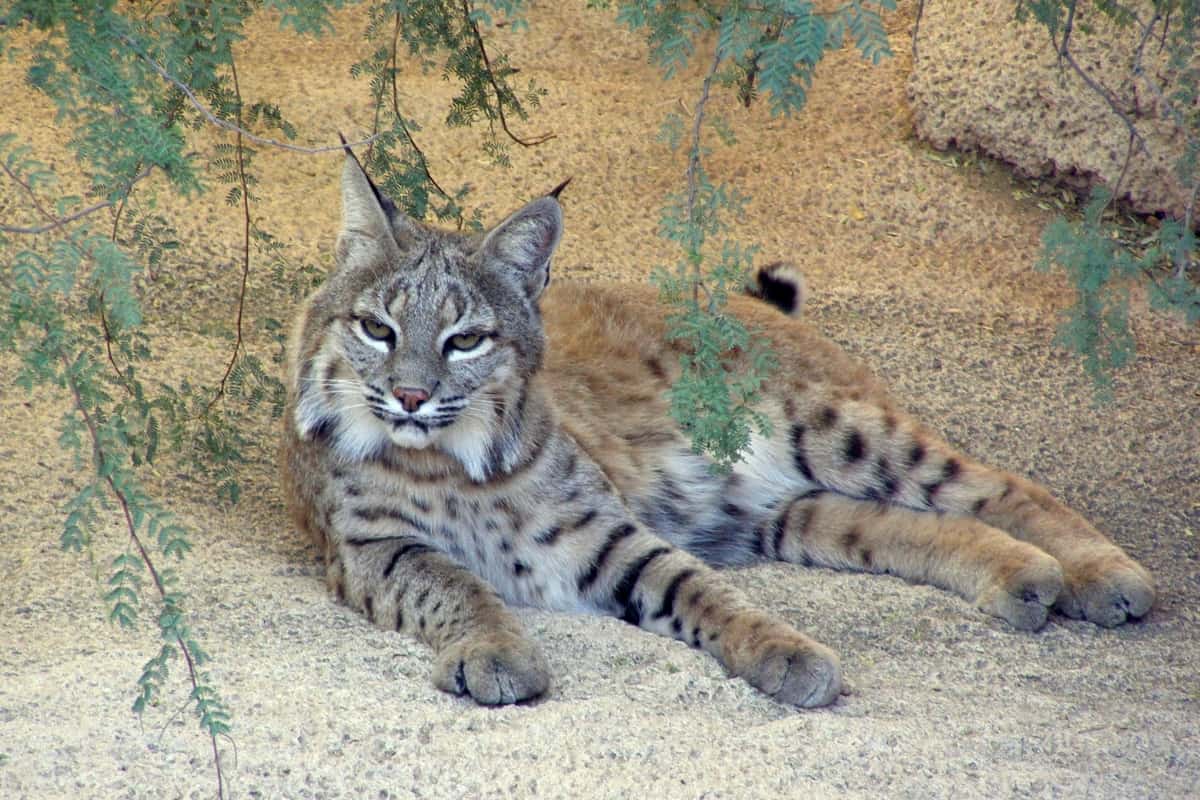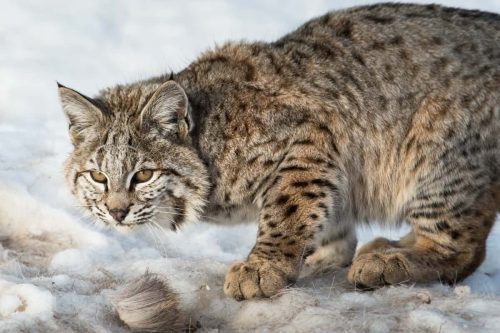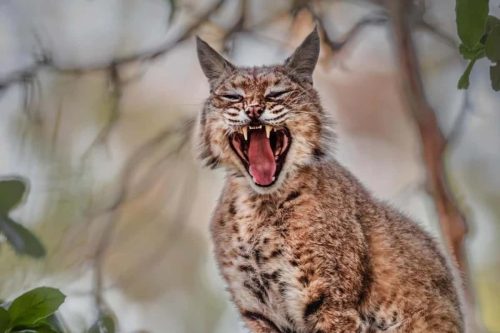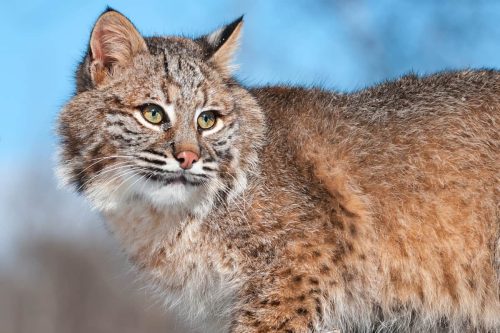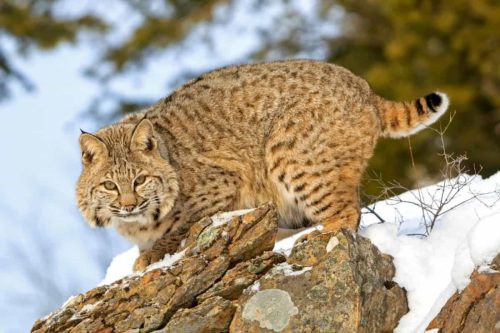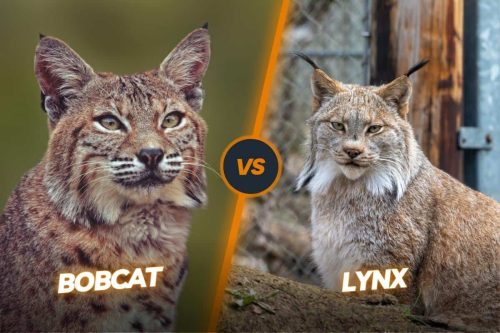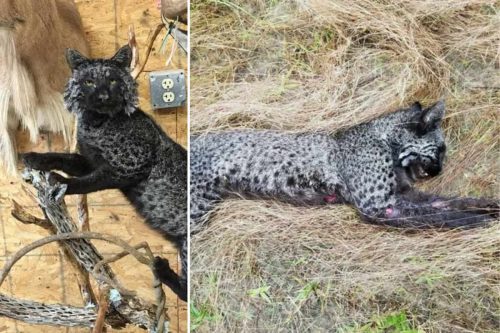Bobcat Adaptations: How These Wild Cats Survive and Thrive
Bobcats are highly adaptable species and these cats have been able to survive in a variety of habitats in the wilderness. Owing to their highly successful adaptable techniques, you can find these cats in deserts, mountains, forests, brushlands, swamps, farmland, and even in the suburban areas of Mexico, Canada, and the USA.
Bobcat adaptations have also led it to be the most widespread wild cat in the North American continent. In this article, we are going to dig deep into the different biomes where bobcats have been able to survive successfully. We will also let you know how these cats have been able to survive in these environments and what methods they have adopted for this purpose. Overall, bobcats come with very unique adaptations by having furry coats and keen hunting skills.
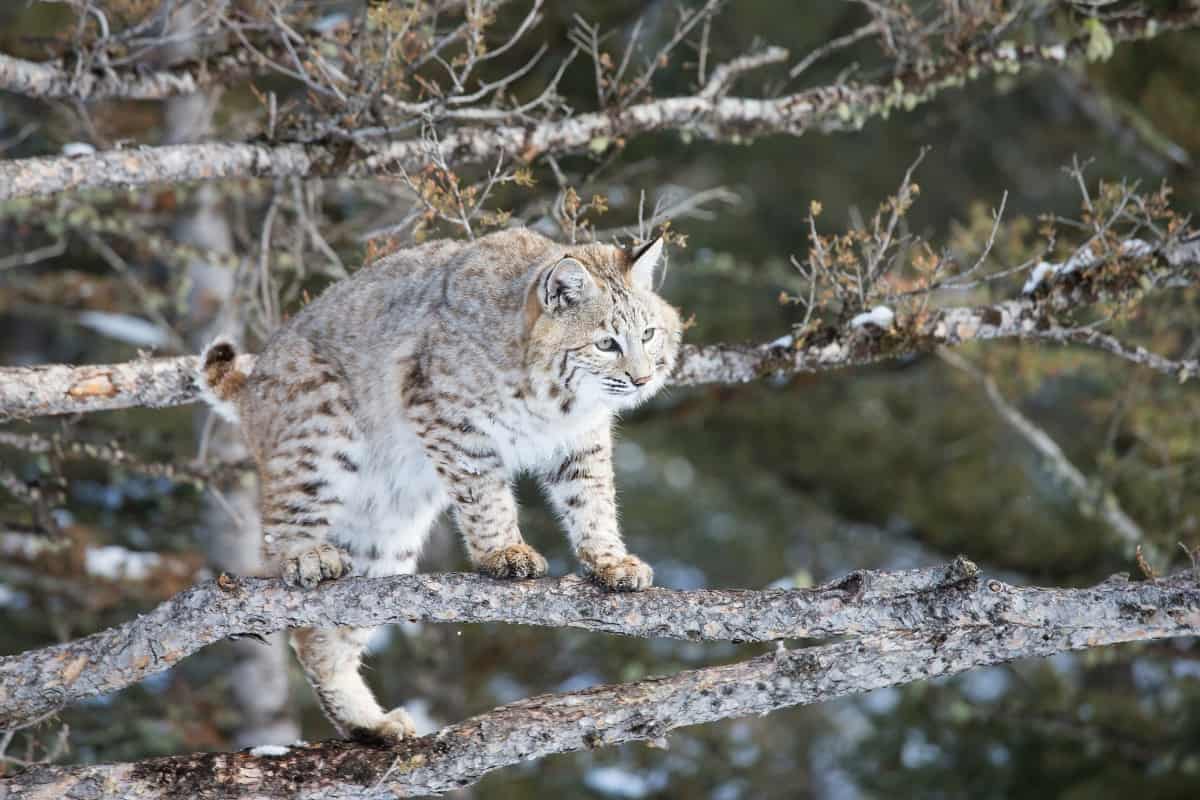
Contents
Are bobcats adaptable?
Yes, bobcats are easily adaptable in various kinds of environments. They have long legs which are helpful in running away from their predators at the max speed of 30 mph. The short-burst speed has played a very crucial role in their long-term survival.
These cats have very sharp claws which can inflict very deep wounds and their dense coat which gives them ample concealment and great cover in the wilderness. These cats also come with very sharp hearing, sighting, and smelling senses which are helpful in hunting and keeping themselves safe from their predators.
By having these extraordinary skills, bobcats have managed to adapt in very colder regions of the Northern side of North America as well as in the moderate regions of Central USA. These cats have also been very good in the dryer regions like deserts and tropical forests.
Bobcat adaptation techniques
Let’s have a look at some of the most useful and fruitful adaptable techniques of the bobcats.
Hunting skills
Bobcats are considered apex predators and are extremely good in their hunting skills. These cats have been naturally equipped with highly valuable hunting skills. These cats have very sharp teeth which are helpful in the hunt and killed the prey as soon as possible by striking at the most critical point of the prey. The long legs and sharp claws are helpful in ambushing the prey from a very large distance. They can deliver a quick death blow by ambushing their prey at the most opportune time.
Camouflaging capability
Bobcats have a very stealthy nature and these cats can change the colors of their coat as the season or weather changes. This capability helps them easily blend into the local environment. It can also help them hunt their prey and hide from their predators. There is also no specific odor of the bobcat which could lead to their exact location in the wilderness. These cats are also very solitary in nature and don’t like to mingle with other cats.
The fur coat of the bobcat also plays a great role in camouflaging. It makes them invisible stalkers. The color of the fur coat is usually reddish-brown, yellowish-brown, and grayish-brown along with dark markings and spots. In winter, it turns gray color which is an excellent adaptation for snowy areas. By having these color adaptations of the bobcats, these cats can easily blend in the grey rocky areas, dark forests, and brown desert landscapes.
Creative techniques
Bobcats are very creative in terms of their hunting techniques. They can very stealthily and patiently stalk their prey until they have reached an opportune time to ambush it. That’s why it is considered the apex predator. Moreover, they are also very fast runners and expert climbers. It utilizes all its creative skills while hunting down its prey.
Nocturnal/crepuscular capabilities
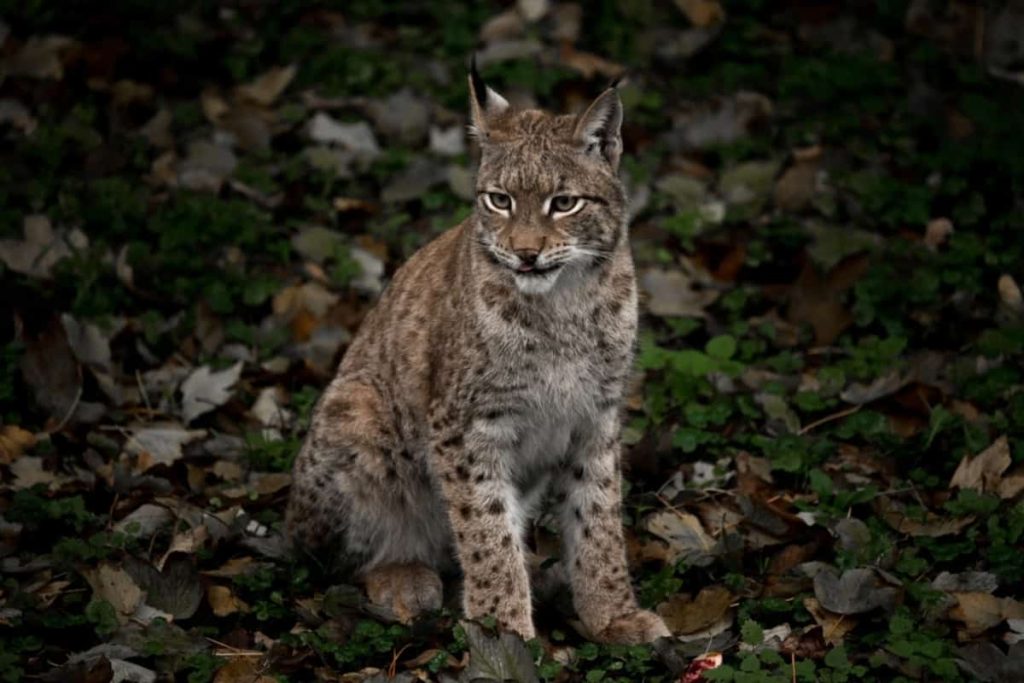
These cats can act both nocturnal as well as crepuscular. They can come out in the twilights for hunting purposes. At night time, these cats can easily see through the dark by having very big eyes and a special shine in their eyes. The tuft ears can hear the sounds of movement even from a very long distance. They also hunt down the bedded bobcats in the nighttime when they are fully unaware of their presence.
Bobcats can travel up to 25 miles in search of food. On the other hand, they also have some crepuscular capabilities as they were seen out in the daylight most of the time by many people in the wilderness. It means if they could not find food at night time they could also come out in the daytime in search of food.
If there is a scarcity of food or they could not find meat food for them then they can also utilize eggs, beetles, and carrion for their food. They can also go without food for several days. In this regard, these cats also store food for rainy days. All of these play a great role in the bobcat adaptations.
Climbing trees
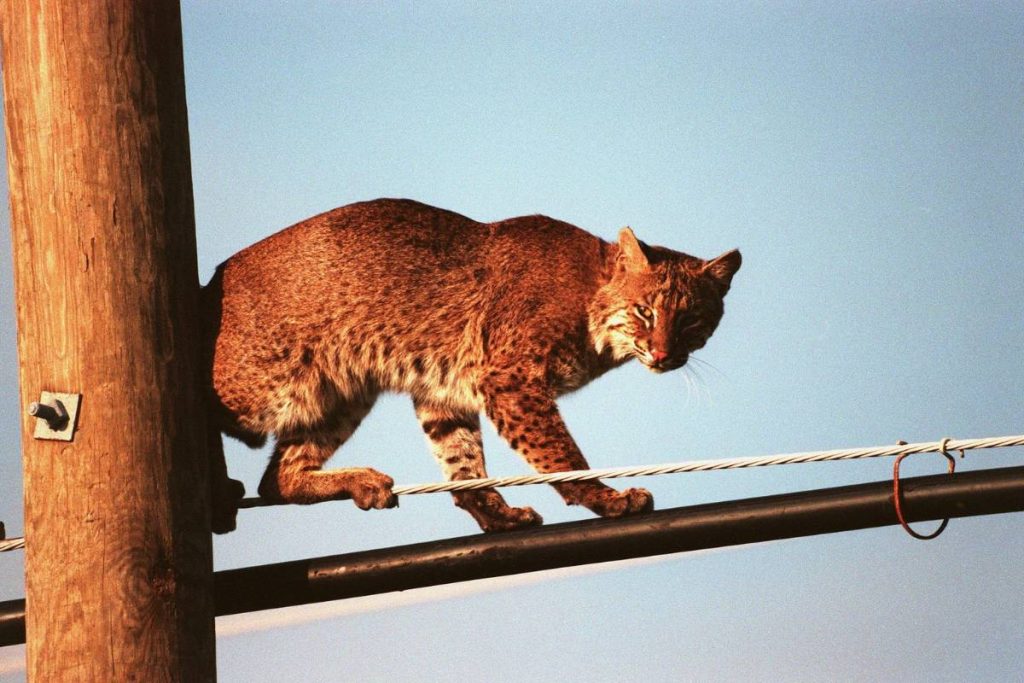
Bobcats can also climb and sleep on trees for several hours. It is also plus point regarding their hiding ability. By living on trees most of the time, they can keep themselves out of the reach of their many potential predators. It is good for their adaptations and long-term survival.
Extraordinary Senses
Bobcats have excellent hearing, smell, and sighting senses. It helps them a lot in finding out prey and also inform them about the presence of predators anywhere. The most prominent sense of the bobcat is hearing sense. It helps them a lot in their survival. They have perky tuft ears which always seem like pay close attention somewhere.
Short tail
Bobcats have short tails which might be not much helpful in balancing while jumping or running but it reduces the overall length of the body and makes it extremely easy for the bobcat to stay hidden from anywhere. Thus, the short tail also plays a crucial role in bobcat adaptations.
Long legs
The strong and lengthy legs of the bobcats are the most prominent factor in the adaptations of the bobcat anywhere in the wilderness. It greatly helps them in leading, sprinting, and jumping. The cats can run for a very long distance with an approximate speed of at least 30 mph. These cats can outrun their predators and could also leap up in the trees in case of emergency. The long legs are also helpful for their long terms sustenance in snowy or cold areas.
Bobcat adaptations in various climates
It is only due to the bobcat’s extraordinary adaptation skills that these cats and their subspecies have been able to survive throughout the different regions of the North American continent. You can find these cats in the warmer regions in biomes like deserts and tropical forests.
The desert of California is very famously known for its population of bobcats. It may not be an ideal environment for the cats but these cats have been able to survive and thrive in these environments. Although they have a very short life span in these kinds of areas.
Moreover, these cats have also survived very well in colder areas. You can locate a lot of bobcat dens in the snowy areas of northern Canada. The dense and thick fur coat of the bobcat provides the required warmth in these areas. The excessive movement of the bobcat in these areas also keeps them warm. Some people have even found bobcats in the very coldest regions like Alberta and Saskatchewan.
Bobcats adaptations in the Northwest
Bobcats are capable of living in the pacific northwest region of the USA. It is considered a very wet region. It is actually the Washington state of the USA. Bobcats come with covered but rough pads which help easily pass through the wet terrains without sticking with the muck. Bobcats could also easily endure the tough cold climate of this region as they come with a very thick fur coat. They can also fulfill their diet by eating mammals like birds, reptiles, insects, rabbits, voles, etc.
Bobcat adaptions in the taiga

The taiga region included the portions of British Columbia to New England and also the southern Georgia region. The region is full of coniferous forests. It has a very harsh climate. In the taiga region, bobcats don’t have very big sizes. They are actually stocky and heavy. The thicker coat of fur which is extended throughout their body helps them provide warmth in the cold weather. By having a small body, they can easily hunt down small animals to fulfill their dietary needs.
Bobcat Adaptations in the Desert
The bobcat species found in the desert are also small in size. They have large fur on their body and very unique color coat which helps them easily blend in the local environments. The paws have extraordinary fur and are fully covered with pads which help them easily go through the hot terrains. In the desert, they prey on animals like rats, cactus mice, and hares. They also behave nocturnally in the desert region to keep themselves safe from the scorching heat of the sun. The small body also helps them regulate the body temperature from time to time.
How do bobcats maintain homeostasis?
Homeostasis is the process in which you can maintain your internal body temperature by self-regulation. Bobcats have evolved in such a way they can easily adopt this process for their long-term survival in the wilderness. They don’t regulate the body temperature regularly but they do it if they need it. For this purpose, they mainly rely on the thick coat of fur for insulation purposes. The thick undercoat also keeps them warm in the winter months.
Most prominent bobcat adaptations
Here you can have a quick look at bobcat adaptations.
- Sharp and retractable claws.
- Ears can hear the quietest sound.
- Changing colors of a fur coat.
- Short-burst speed.
- Thick fur.
- Stealthy nature.
- Nocturnal plus crepuscular behavior.
Conclusions
Bobcats are special cats and these cats are very prominent for their extraordinary adaptation skills. That’s why these cats have been able to survive throughout many decades. Now there is a very stable population of bobcats existing throughout the North American continent. These cats have a lot of significance for the sustainability of our ecosystem as they remove a lot of pests. We have enlisted and explained very well all the adaptation techniques that bobcats adapted to survive in the wilderness in various kinds of climates.

Izzy is an experienced ranch worker who has a passion for exploring nature and getting up close to wildlife. With her connections to various animal organizations, Izzy is well-versed in animal care and rehabilitation.



